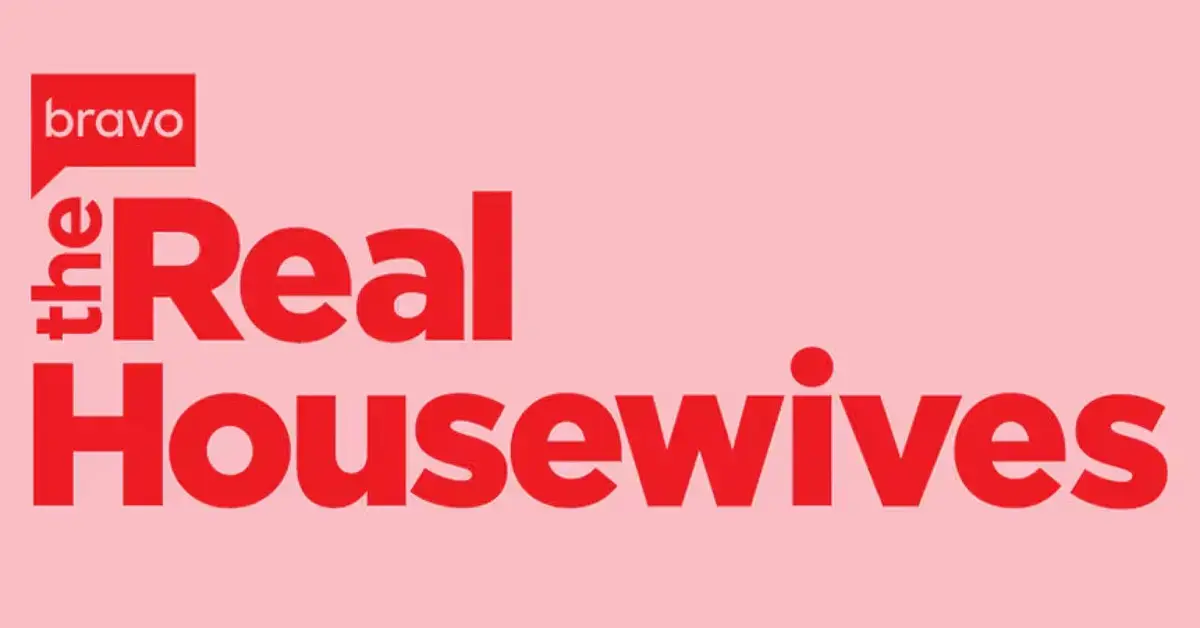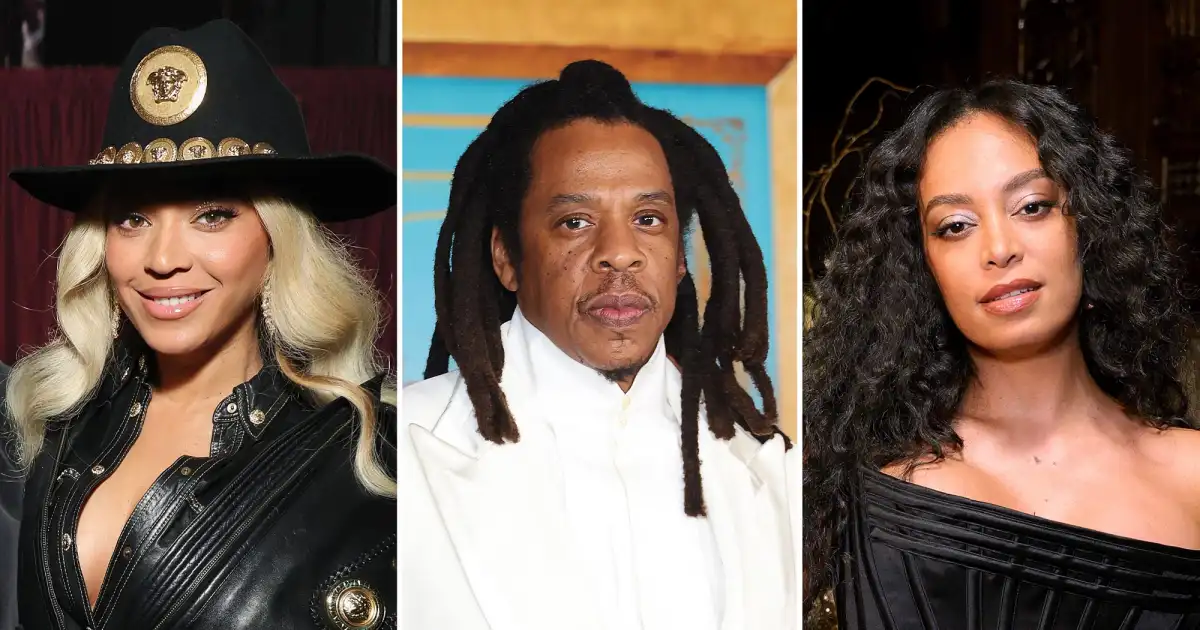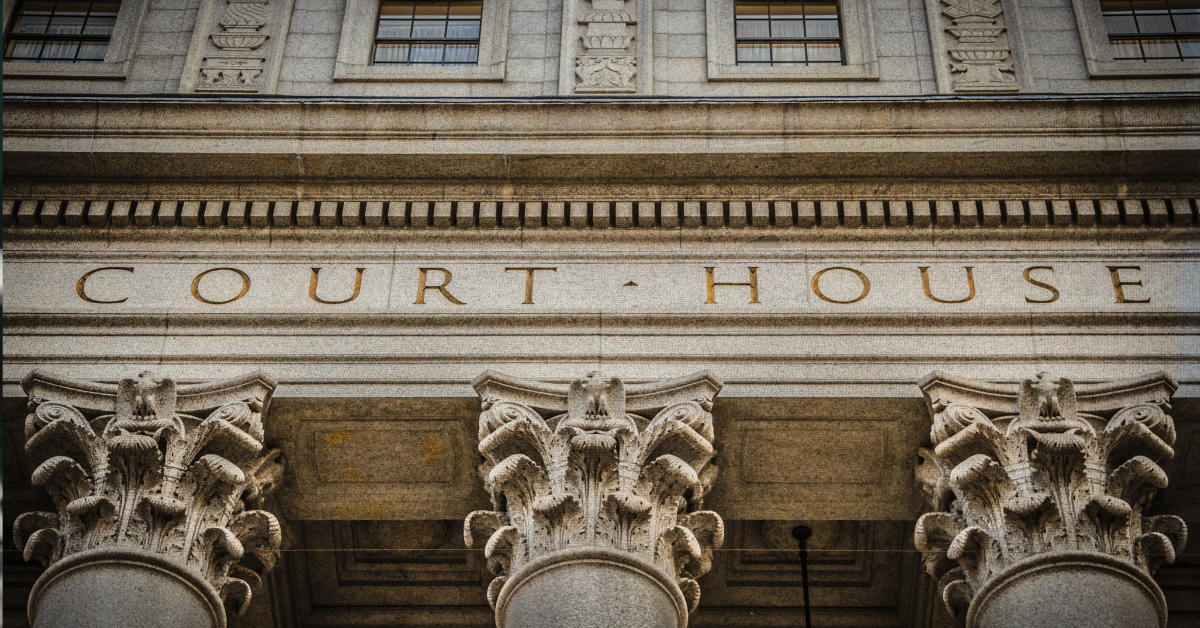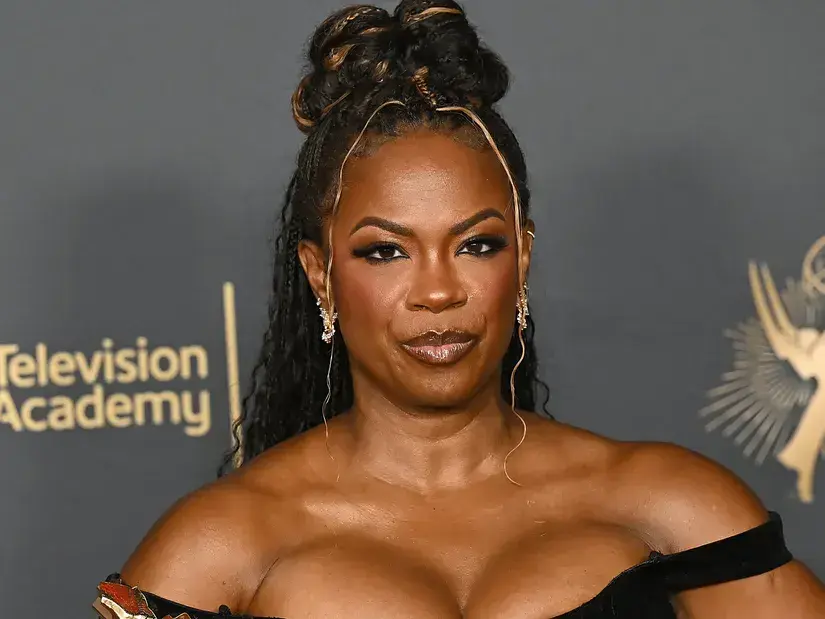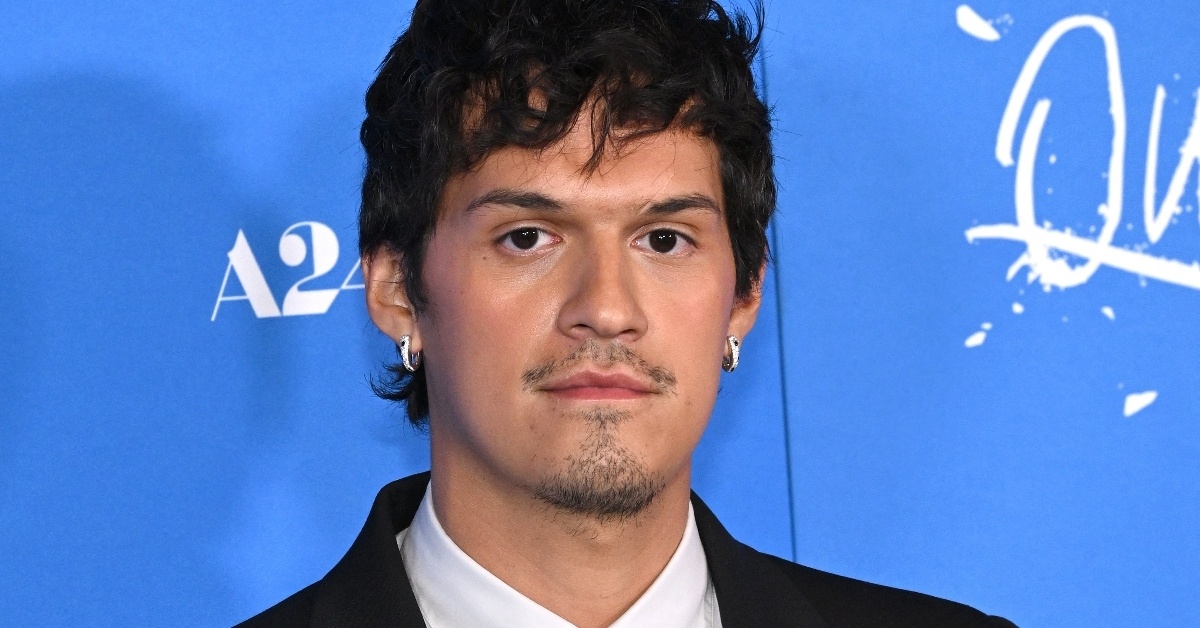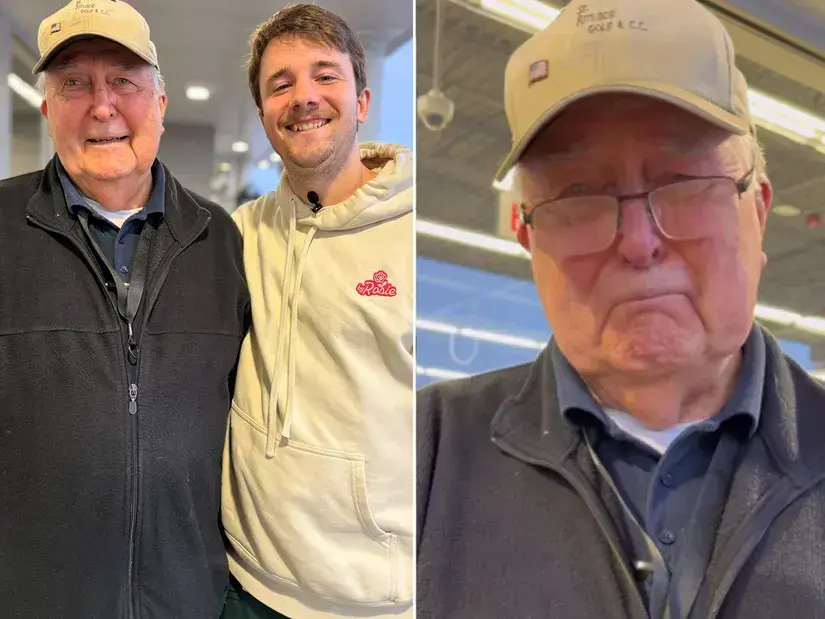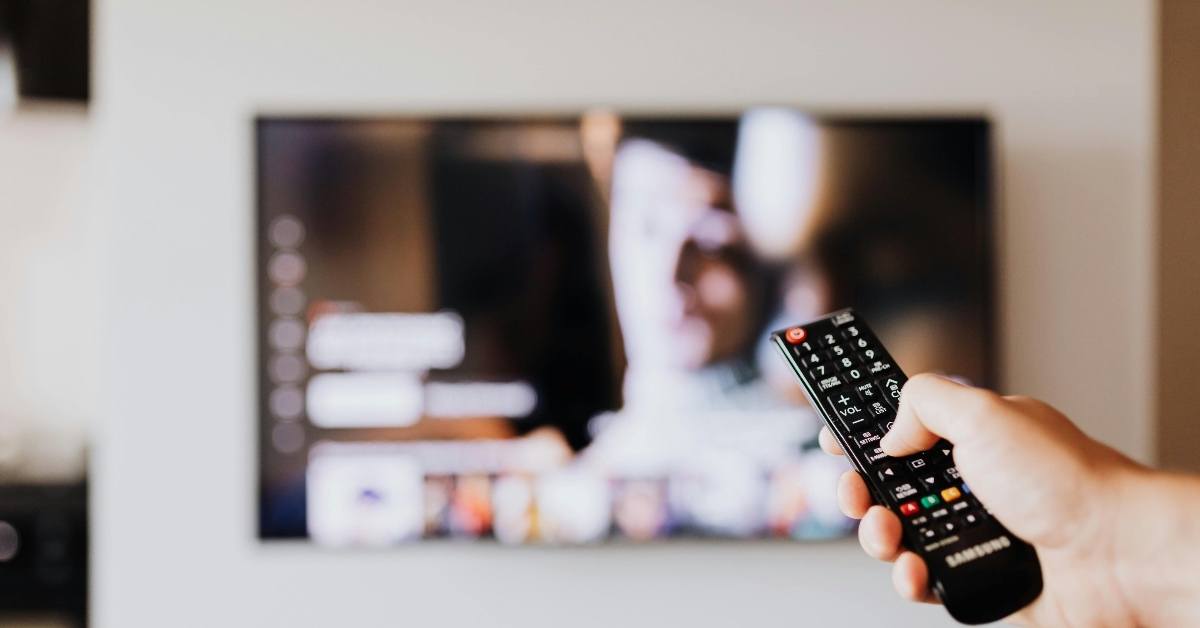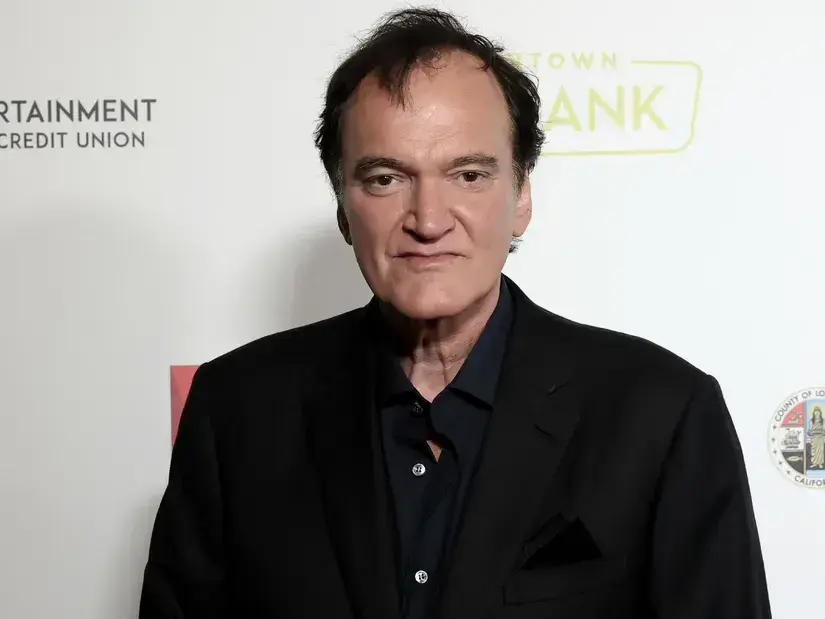BY: DM
Published 2 months ago

Every Oct. 11, the nation celebrates National Coming Out Day (NCOD) — an annual reminder of how far the LGBTQIA+ community has come. From college campuses to city halls, people honor the day with energy and pride. Many wear symbols like rainbow flags or pink triangle pins to show visible support. Online, #NationalComingOutDay trends as thousands share their coming-out stories or messages of encouragement.
However, visibility within the community hasn’t always been this strong. For years, many queer people feared coming out. NCOD emerged as a way to embrace and affirm LGBTQIA+ identities in a society that wasn’t always welcoming. Here’s how the day began — and how the community continues to grow from it.
National Coming Out Day was created to celebrate LGBTQIA+ folks.
National Coming Out Day began in 1988. LGBTQIA+ activists Jean O’Leary and Dr. Robert Eichberg organized the first NCOD on Oct. 11, 1988. They chose the date to mark one year since the historic March on Washington for Lesbian and Gay Rights, according to the Human Rights Campaign (HRC). What began as a grassroots awareness effort quickly grew into a national celebration. In 1993, the NCOD project merged with the HRC, helping expand its reach. That same year, pop artist Keith Haring donated a now-iconic logo featuring a figure bursting out of a closet.
Today, communities across the country embrace NCOD with pride. Major advocacy organizations also continue to show support. In the U.S., the HRC sponsors events and provides toolkits to help people live openly. The group’s National Coming Out Project offers resources for LGBTQIA+ individuals, couples, parents, and allies alike.
The LGBTQIA+ community is growing rapidly.
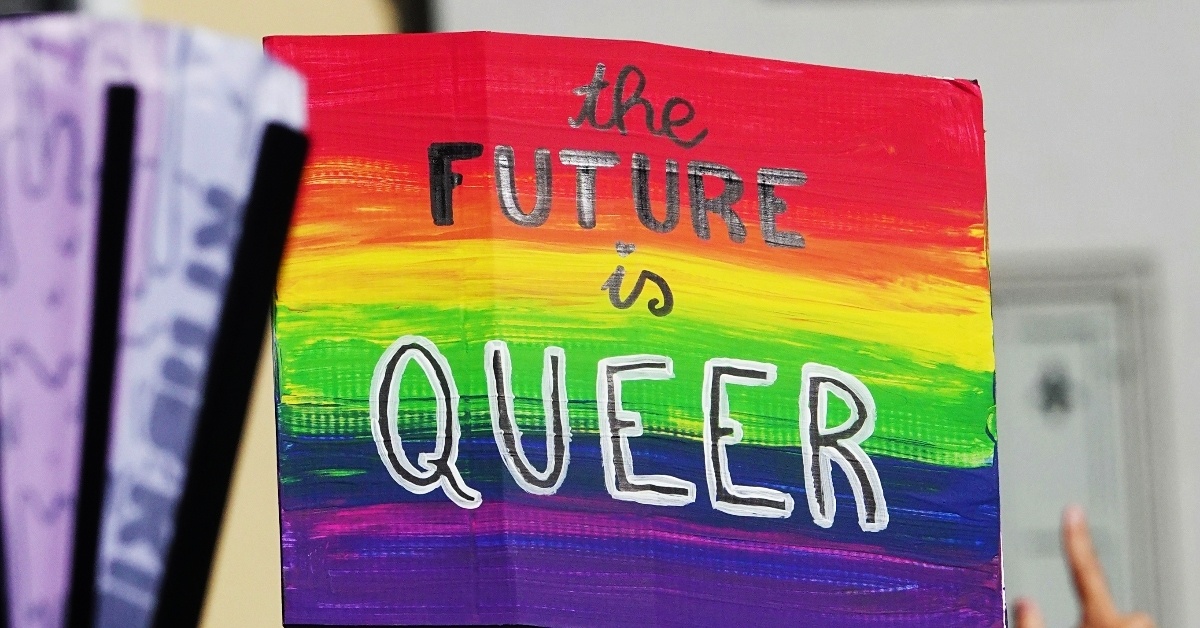
In addition to growing visibility, the LGBTQIA+ community in the U.S. has continued to expand — or rather, more people now feel safe openly identifying as part of it. According to a 2024 Gallup report, 9.3% of U.S. adults identify as lesbian, gay, bisexual, or transgender. That figure is nearly double the share from 2020 and a major jump from about 3.5% in 2012. In other words, almost one in 10 adults identify as LGBTQIA+ today, compared with roughly one in twenty just a decade ago. Human Rights Campaign President Joni Madison noted that this increase “continues to grow each year.”
“The LGBTQIA+ community is a diverse and ever-growing force in the United States as the number of American adults who identify as LGBTQ+ continues to grow each year,” Madison said in a press release. “This growth shows the impact of a more inclusive society and closely mirrors HRC findings. Both emphasize the need to codify legal protections against discrimination and implement LGBTQ+ inclusive data collection at federal, state, local, and private levels.”
Demographic data also shows a clear generational shift. Generation Z, young adults in their late teens and 20s, are leading the way. More than one in five Gen Z Americans, over 20%, identify as LGBTQIA+, according to Gallup. That is nearly double the rate of Millennials, and several times higher than older generations.
Who was the first person you came out to — and how did it go? Comment below!

